Warrior Portfolio: From “An Illustrated Guide to Samurai History and Culture”
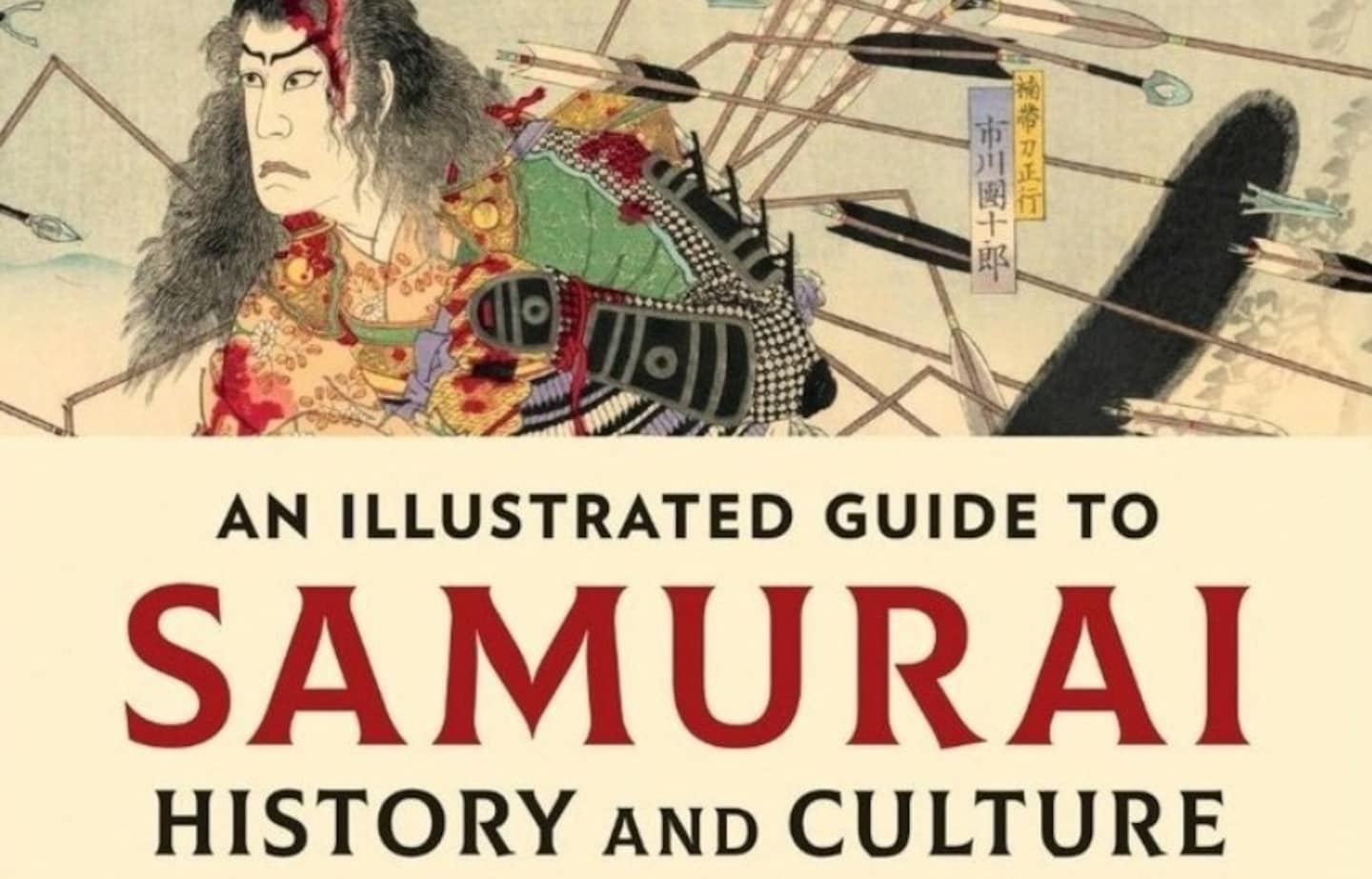
For centuries, iconic samurai figures have drawn the interest of artists intent on capturing their lives, weapons, battles, and more. Here is a selection of excerpted text and images from a new book by author Gavin Blair, from the exaggerated dimensions of ancient woodblock prints to the ultra-realism of today’s video games.
By Gregory StarrIntroduction
Many warriors from the annals of the history of warfare have captured the imagination, but as a group, few to the extent that the samurai have. The reasons for this are many. Originating in the early Heian period (794–1185), when they had yet to acquire the moniker of samurai, they would exist for nearly a thousand years until the mid-19th century, ruling Japan in some form or other for almost 700 years. Famed for their katana swords and fierce loyalty, they were in reality more often mounted archers who could be treacherous when it was expedient. The samurai—or bushi, as they are often referred to in Japan—were undoubtedly some of the most formidable fighting men, and not a few women, to have graced a battlefield. Though they sometimes strayed far from the semi-mythical Bushido code of honor, they were a fascinating cadre who were at the center of events during some of the most dramatic periods of history.
This book attempts to tell some of the pivotal stories of the samurai, explore the legends, detail their weaponry and warfare, describe what they did during peacetime, evaluate their influence on modern Japan, and dispel a few myths surrounding these legendary warriors
Battle of the Clans: The Taira and the Minamoto
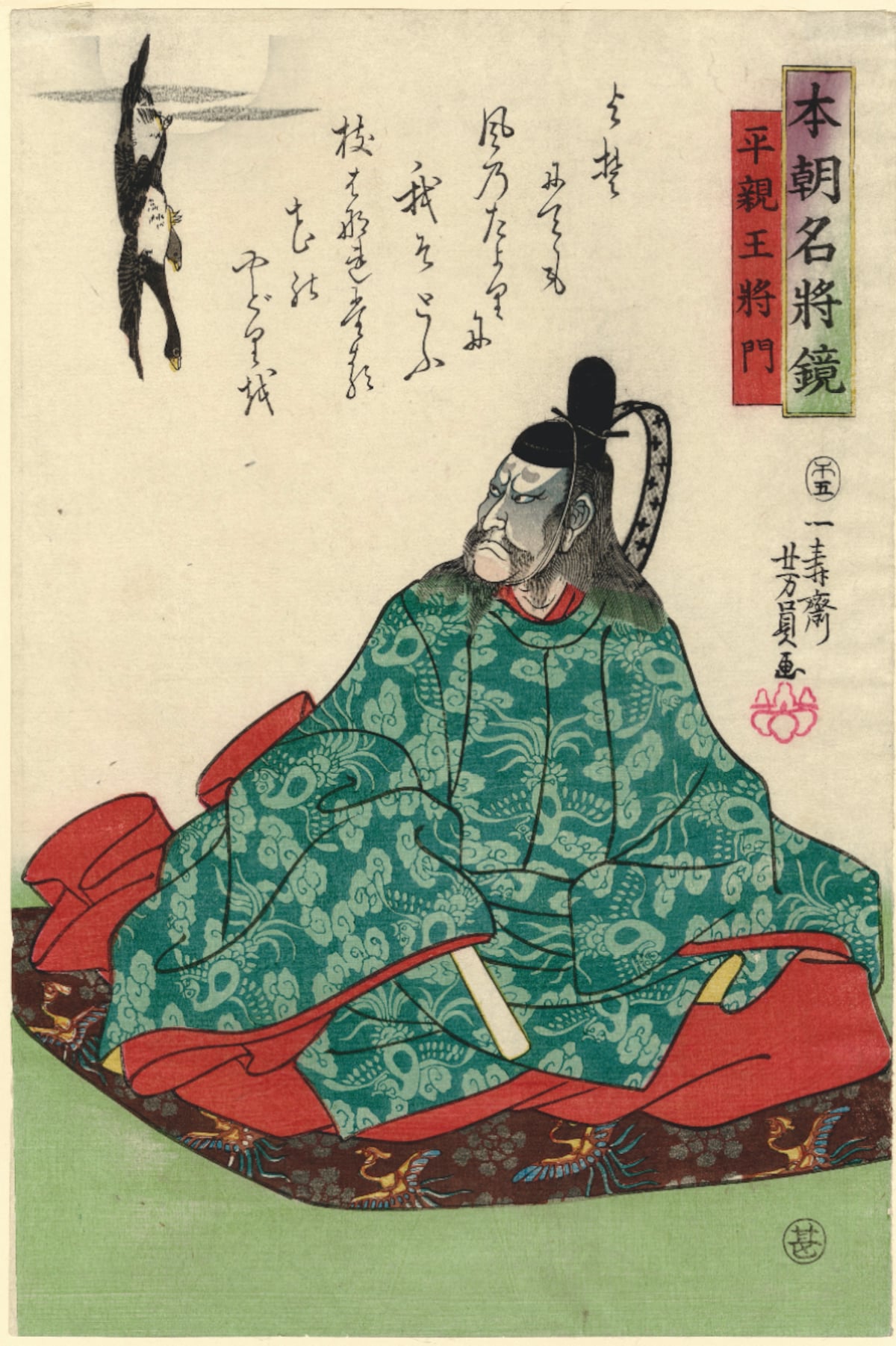
Taira no Masakado, a ruthless warlord from the early 10th century not averse to disposing of his own relatives, overreached by declaring himself shinno, or new emperor, leading to his downfall. His head was taken by his cousin Taira no Sadamori, whose father he had killed, at the Battle of Kojima in 940. From the series "Mirrors of Famous Generals of Our Country," by the woodblock artist Utagawa Yoshikazu (active 1848–1870)
Tools of the Trade: Sword, Bows, Spears, Firearms, Castles and Armor
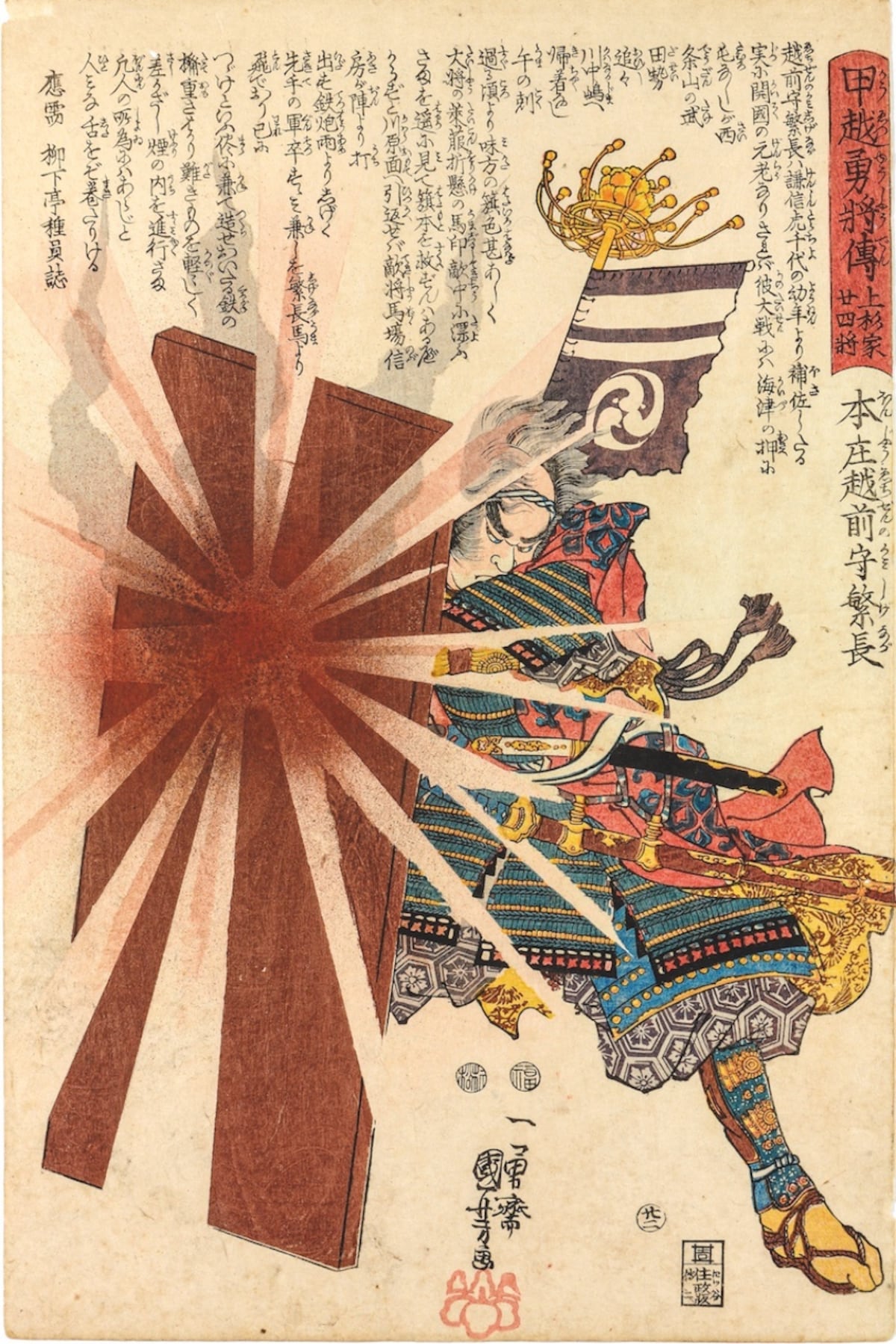
A woodblock print shows Honjo Shigenaga (1540—1614), wielder of the legendary Honjo Masamue katana. Here he is blocking an exploding projectile with an iron shield at the Battle of Kawanakajima, after which he rebelled against his lord, Uesugi Kenshi. The artist was Utagawa Kuniyoshi (1798—1861), a master of the ukiyo-e style.
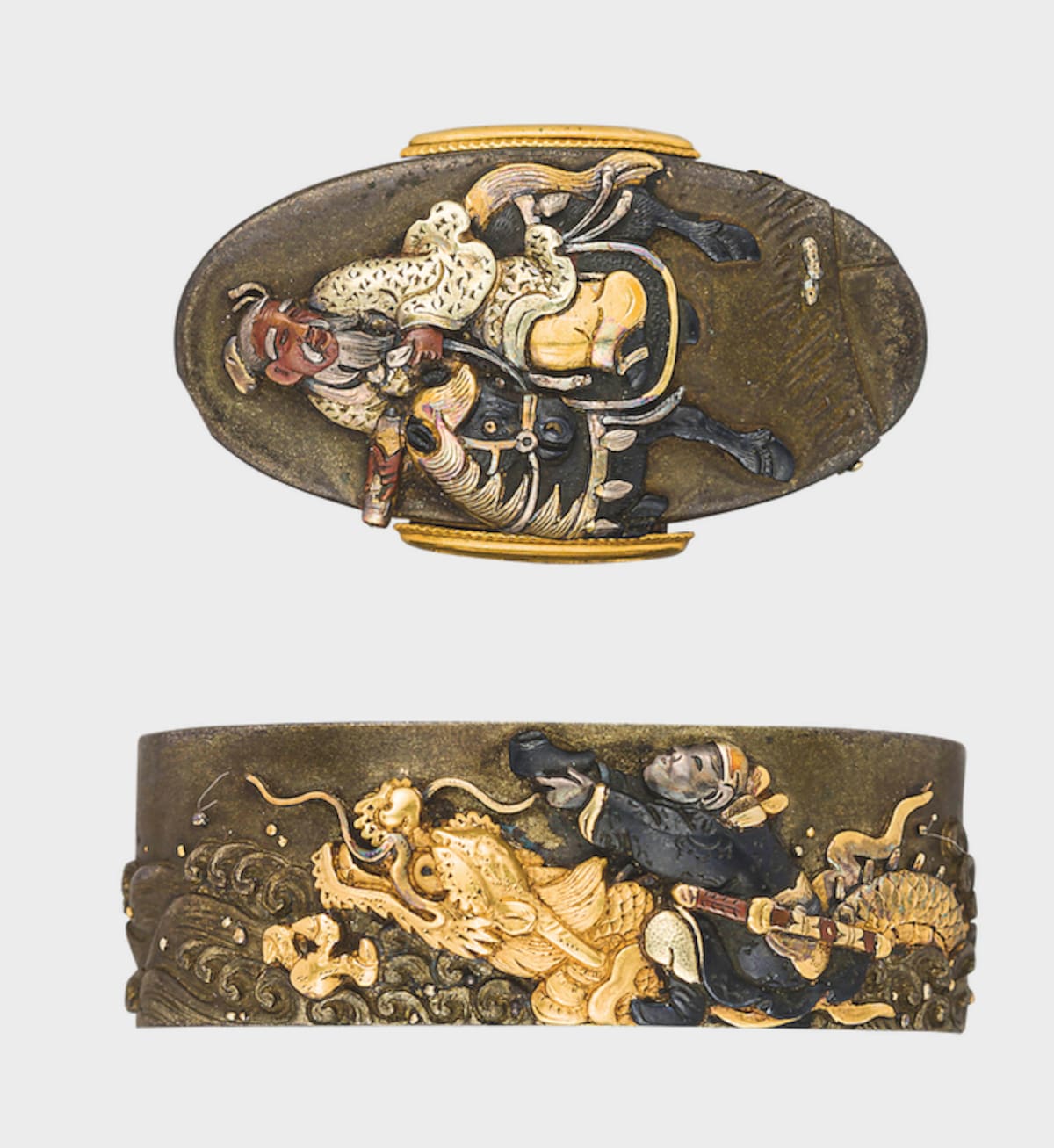
A fuchigashira, matching fittings of hilt collar (fuchi) and pommel (kashira), the cap at the end of the handle, from an Edo period katana. Fuchigashira were designed to strengthen the handle, but were often decorated.
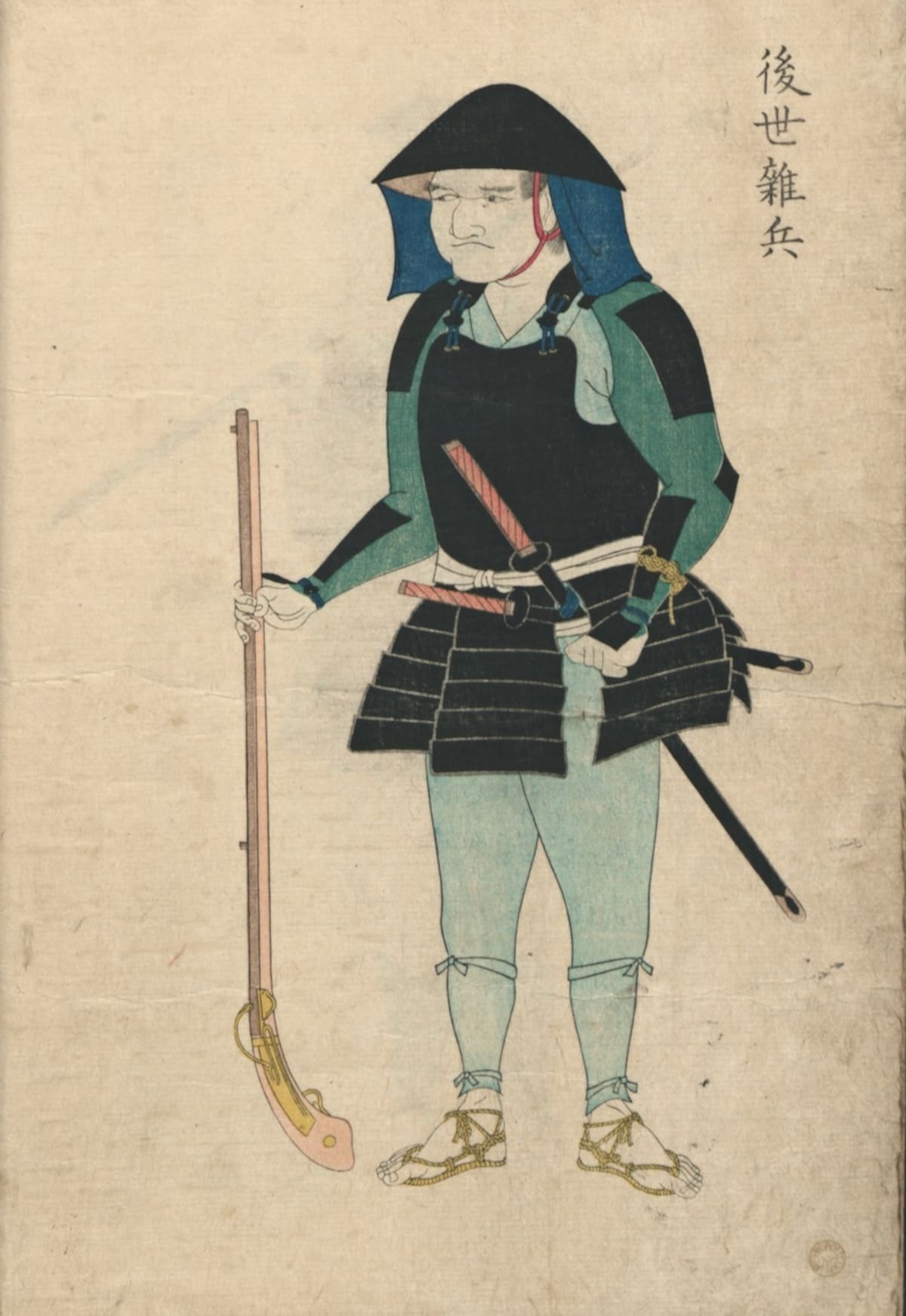
An Edo period illustration from a series by the artist Yamaguchi Bisu in 1848 showing an ashigaru foot soldier. The soldier is depicted with an arquebus musket and wearing a jingasa hat, as well as the two swords traditionally carried by samurai. The inscription reads, “later generation ordinary soldier.”
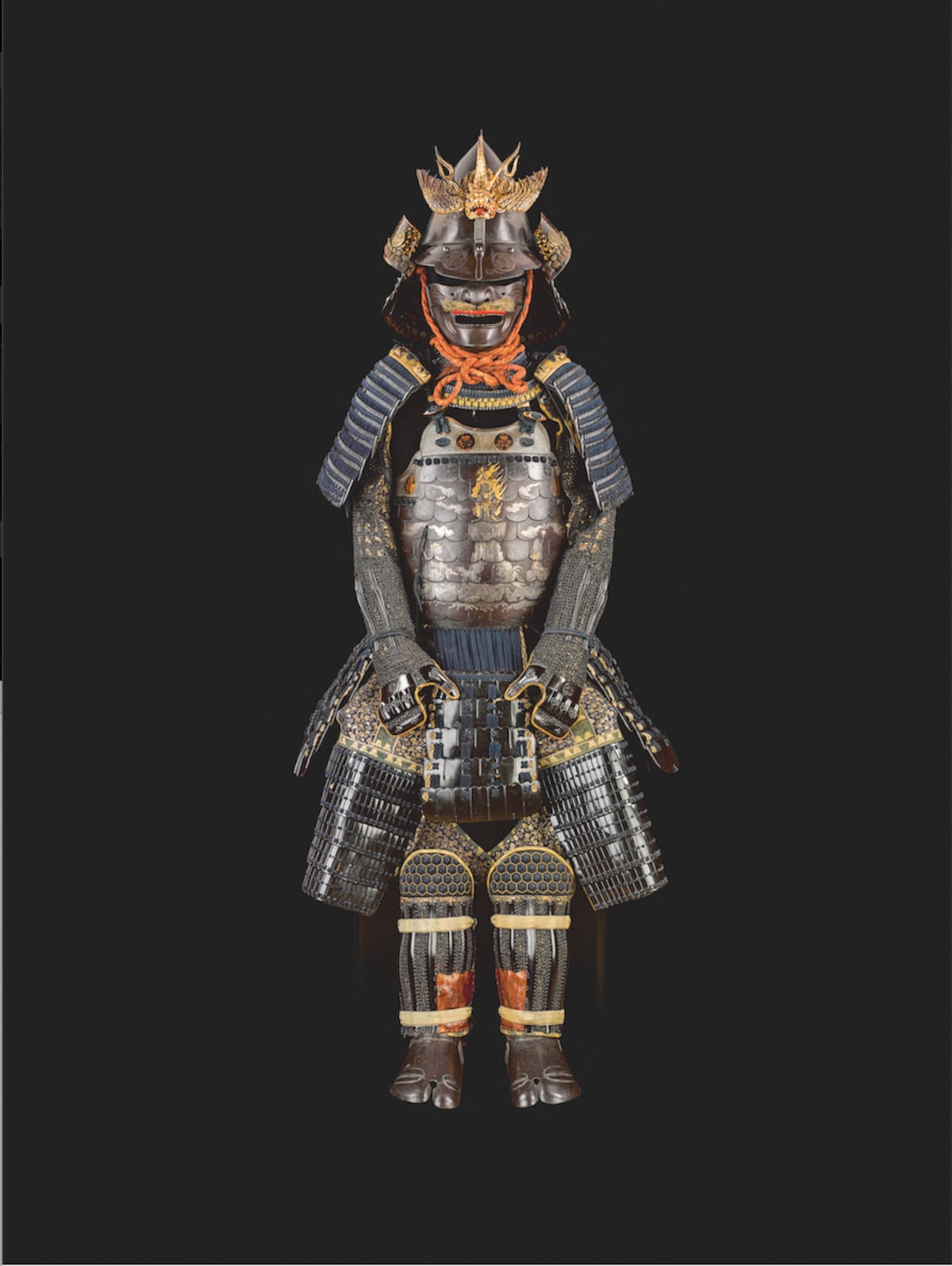
A well-preserved set of full samurai armor dating from 1662, known as tosei gusoku or full modern armor, with a breastplate (do) made of iron, gauntlets and sleeves, partly in response to the introduction of firearms to the battlefield. The breastplate is adorned with an image of the fearsome Buddhist deity Fudo Myoo (Acala), who was worshipped as a defender of the nation, and two of his acolytes.
The Sengoku Period: An Age of Ceaseless War

Betrayed by one of his generals, Akechi Mitsuhide, for reasons unclear, Oda Nobunaga committed seppuku rather than be captured by the soldiers of his treacherous attacker at Honno-ji Temple in Kyoto, where he was preparing for a tea ceremony. Nobunaga reportedly ordered the temple set ablaze so that his head could not be taken, though this is not depicted in this ukiyo-e print by Nobukazu Yosai (1872—1944).
Female Samurai
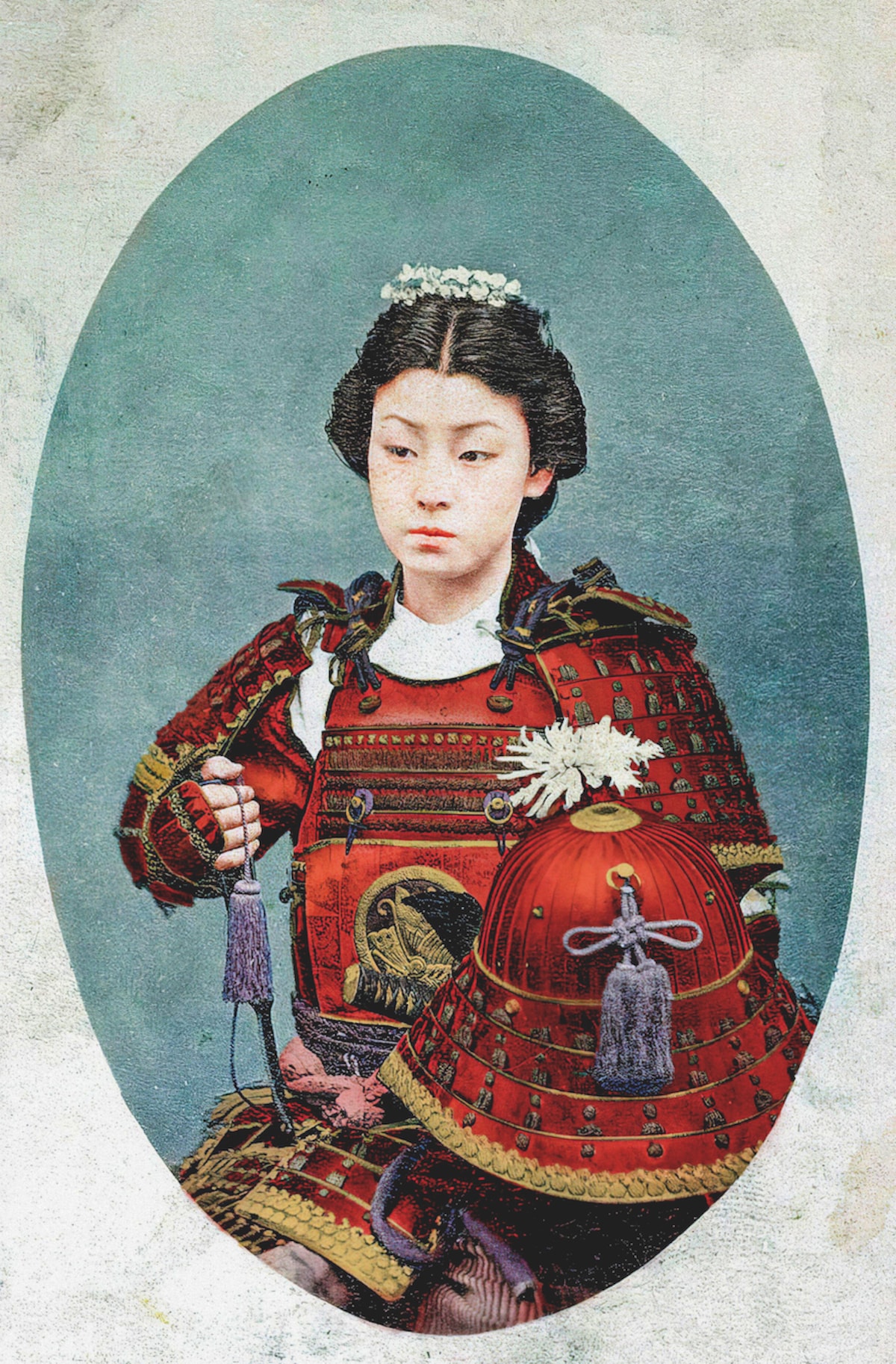
Nakano Takeko (1847—1868), an onna-bugeisha of the Aizu domain and acknowledged as a highly proficient exponent of the martial arts. She is said to have been inspired by tales of the female warrior Tomoe Gozen during her childhood. She fought in a female unit at the Battle of Aizu during the Boshin War, where she died wielding a naginata.
Bushi in Peacetime: Samurai, Zen and the Arts
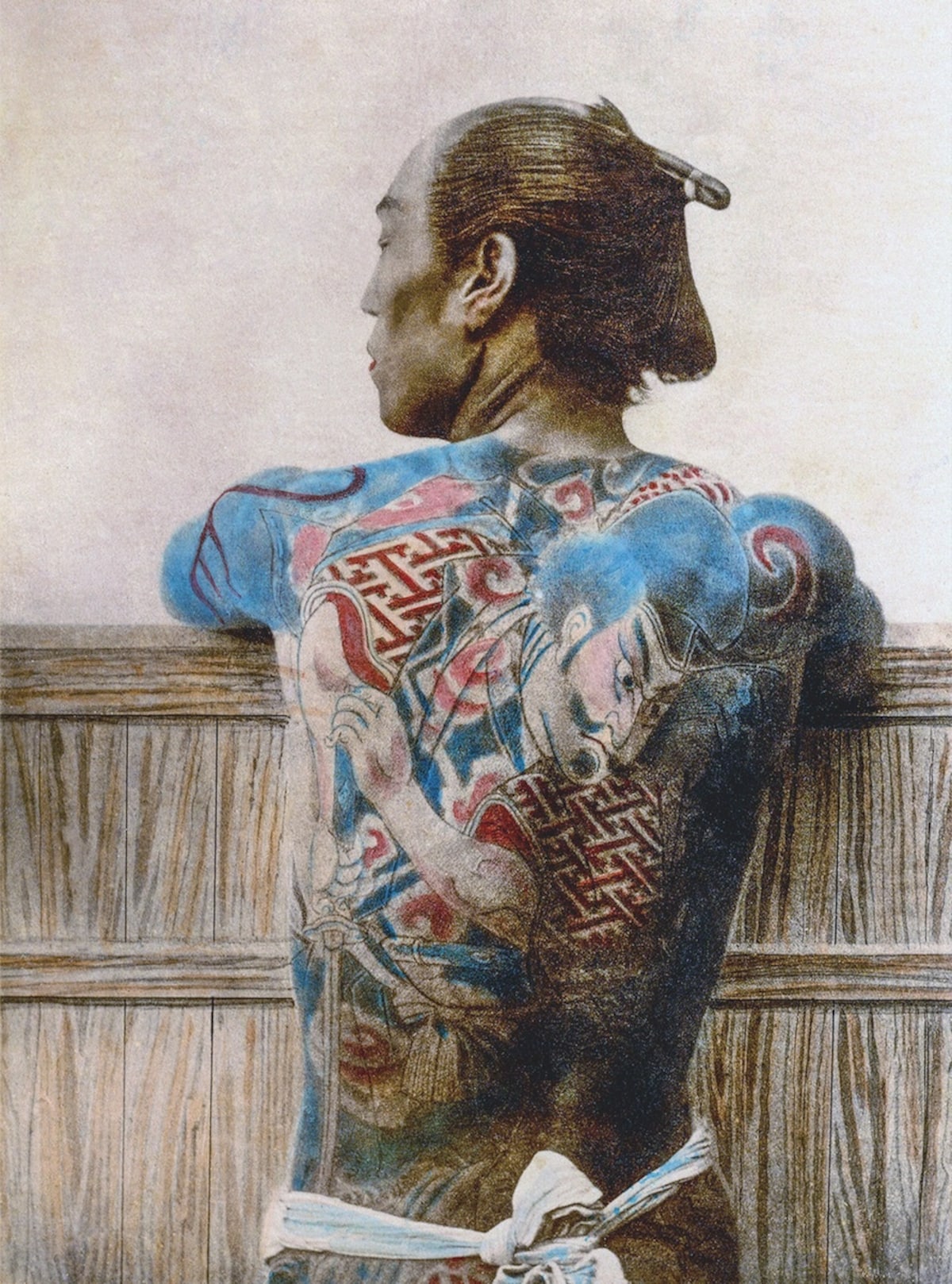
A man modelling as a samurai displays his tattoo, which appears to have been heavily influenced by the ukiyo-e style of woodblock prints. Such tattoos would later be adopted by yakuza gangsters. The photograph is believed to date from 1890.
Samurai on Film
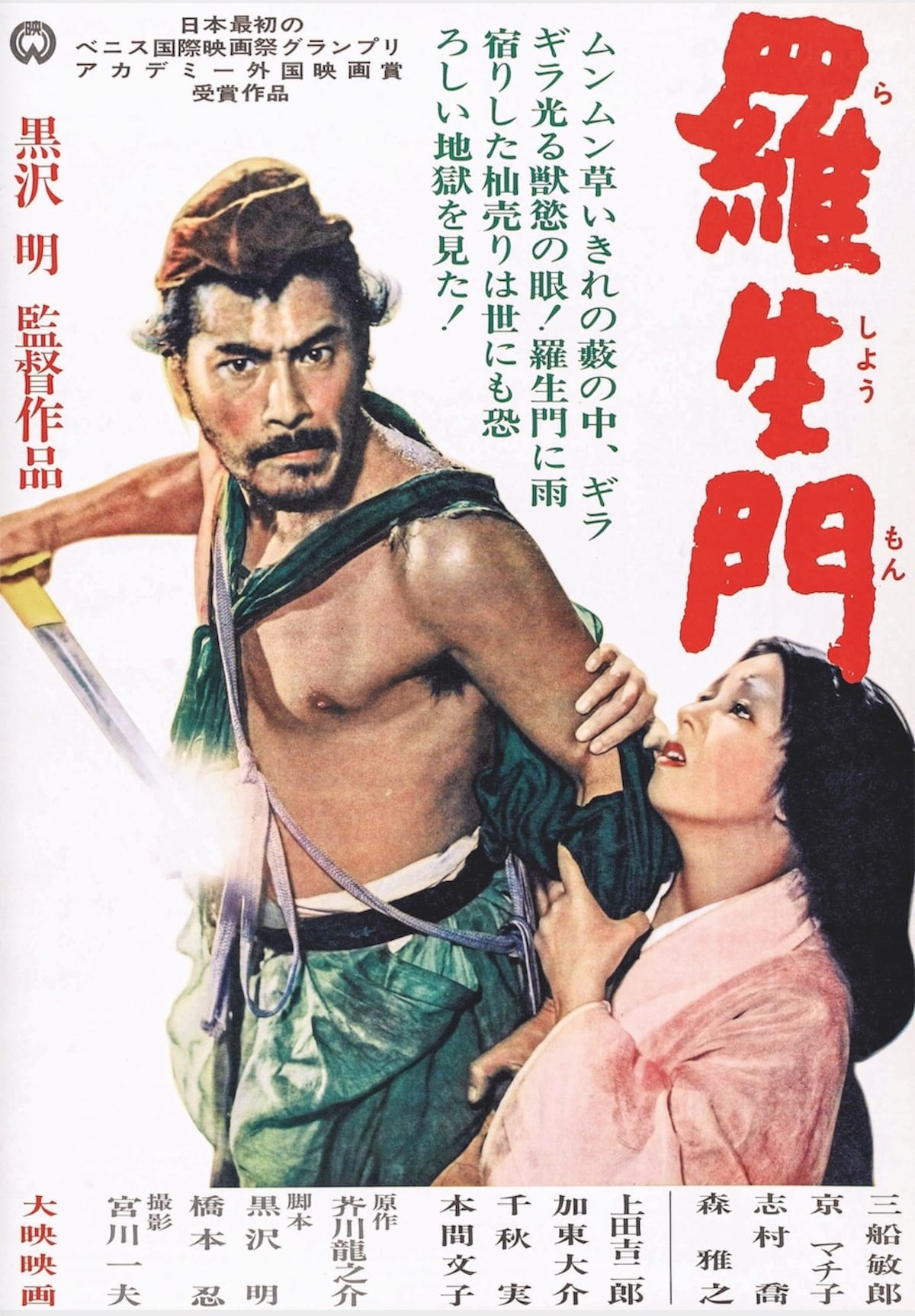
A poster trumpeting Rashomon’s success as the first Japanese film to win the Golden Lion at the Venice film festival, and an honorary Academy Award (the best foreign language film category was yet to be officially established).
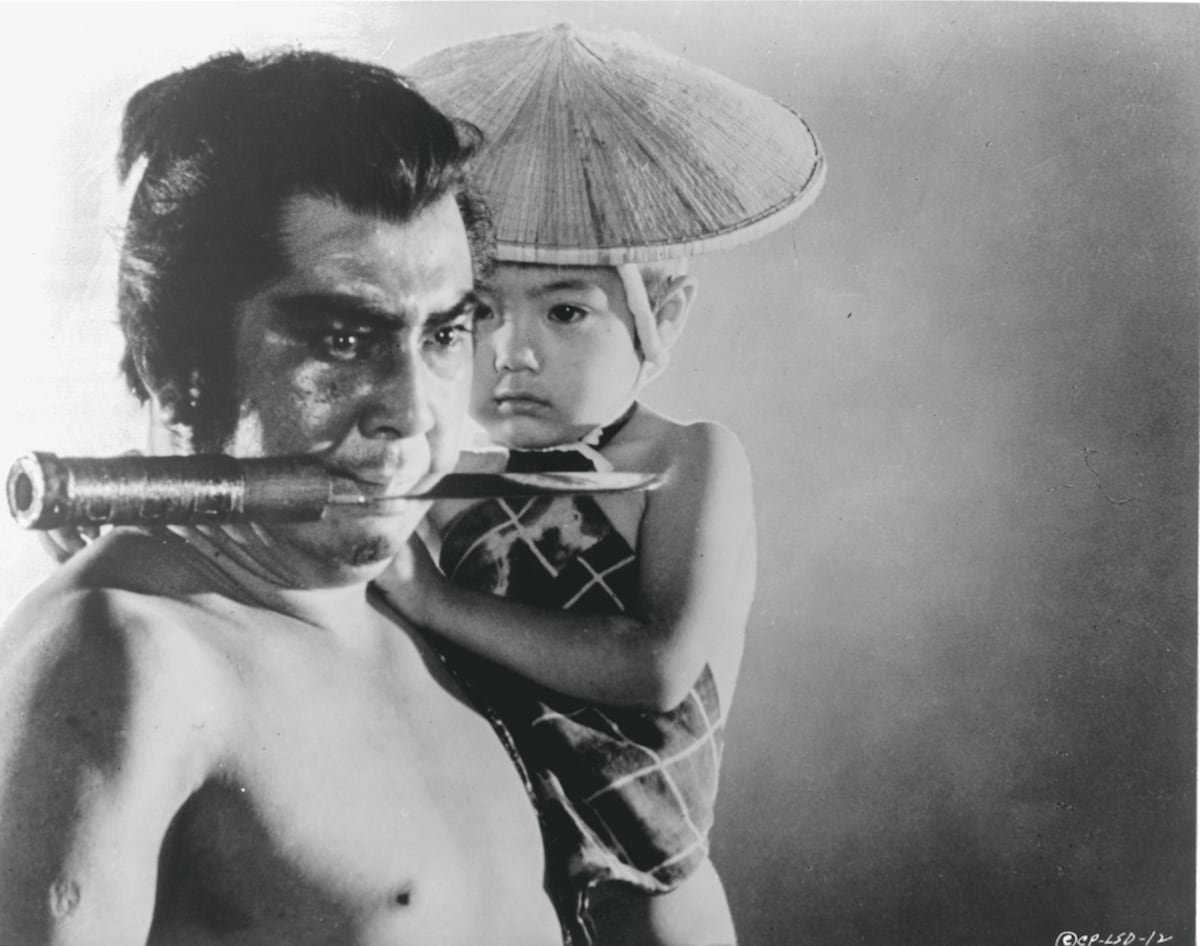
Lone Wolf and Cub: Baby Cart to Hades (1972) with Wakayama Tomisaburo, and Tomikawa Akihiro as his infant son. It was one of a series of six Lone Wolf and Cub films (four released in 1972) about a disgraced ronin traveling the land with his son.
Samurai in Manga, Anime and Video Games
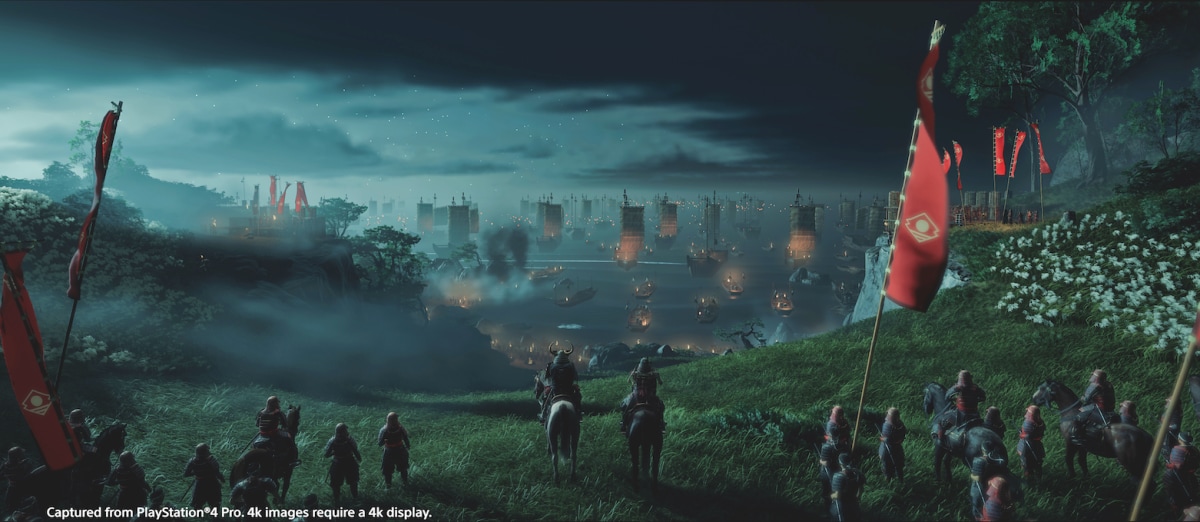
Image from the video game Ghost of Tsushima. The year is 1274. The legendary samurai warriors have to defend Japan when the fearsome Mongol Empire invades the island of Tsushima, wreaking havoc and conquering the local population. As one of the last surviving samurai, the player rises from the ashes to fight back.
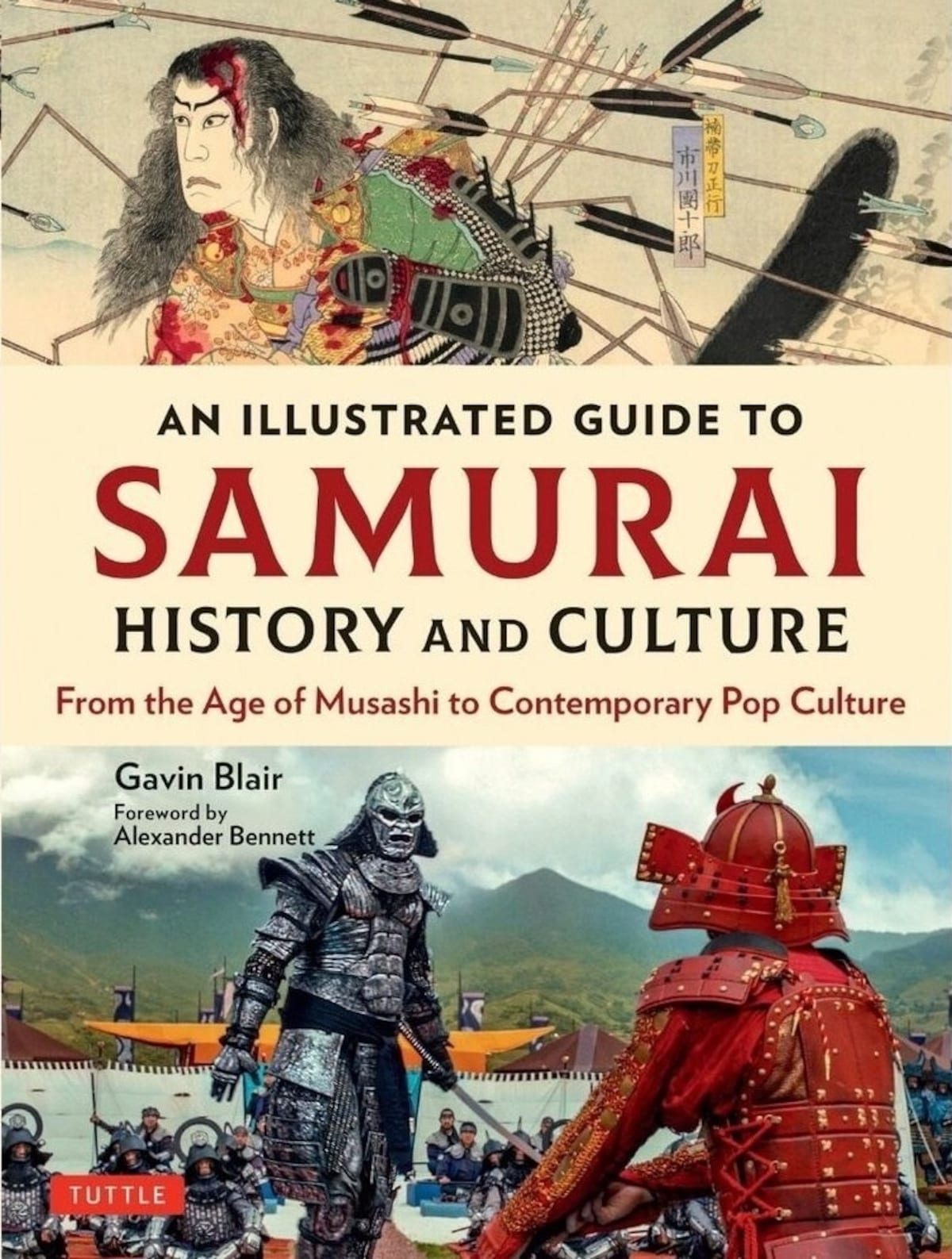
Text and illustrations excerpted from: An Illustrated Guide to Samurai History and Culture: From the Age of Musashi to Contemporary Pop Culture. Used with permission.



